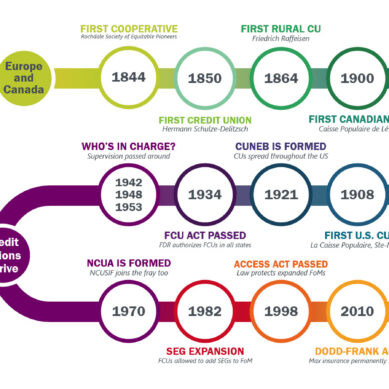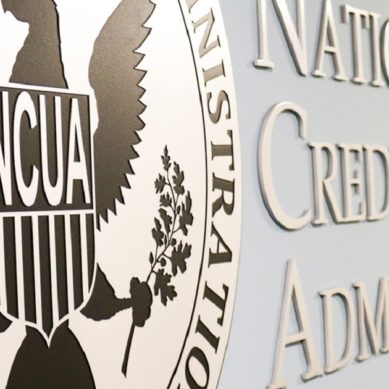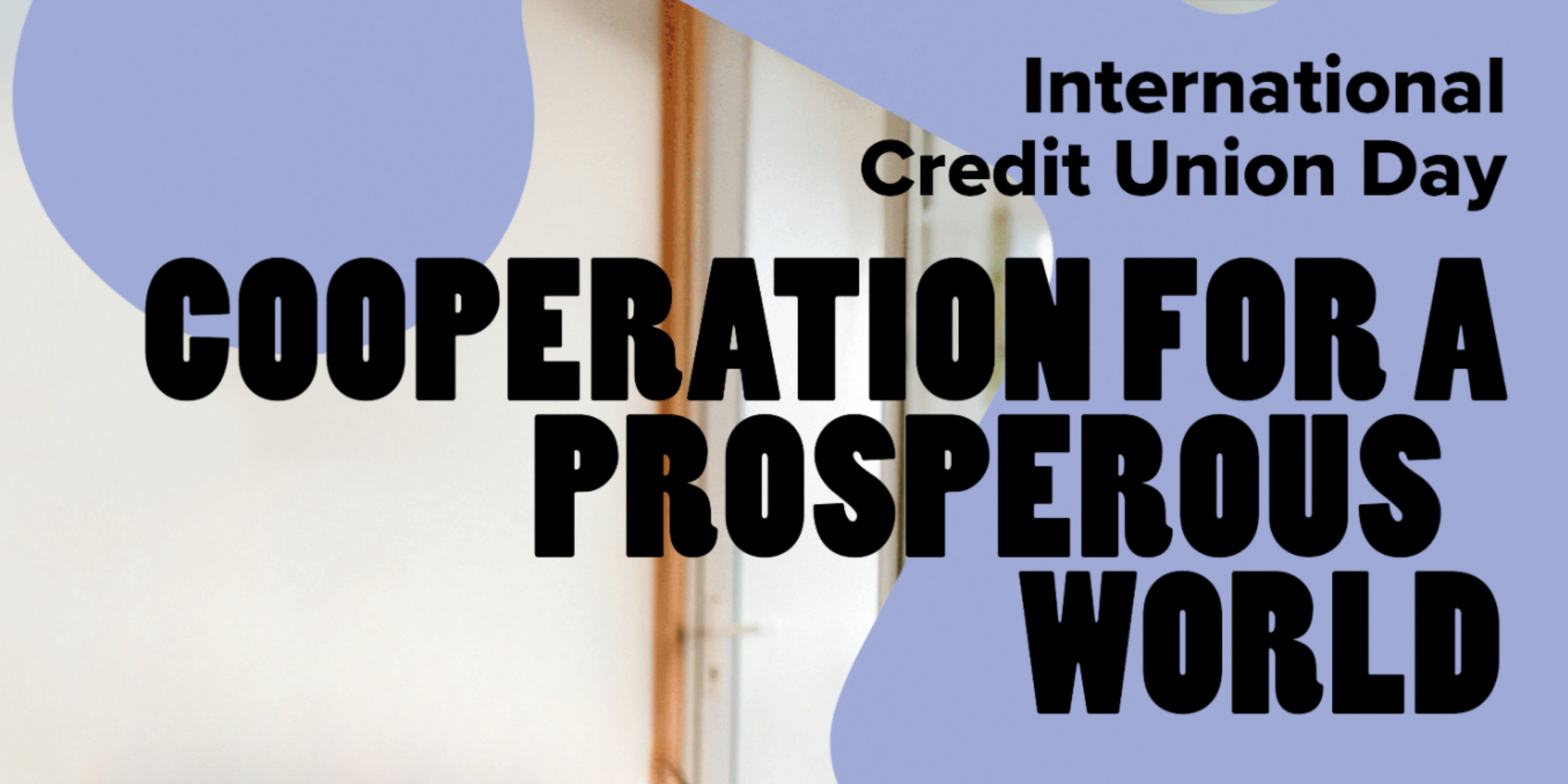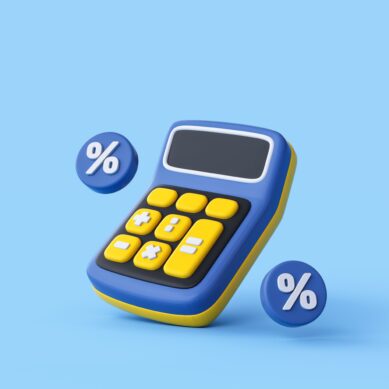After a long and blustery winter, April is finally summoning the first bits of spring, with warmer weather, sunnier skies, and of course, Financial Literacy Month, rolling in with it. So, as we open the windows and begin our spring cleaning, it is time to dust off our financial literacy tools, unpack our educational pamphlets, and start brainstorming to prepare for all the month has in store.
For those who have never taken part, Financial Literacy Month occurs every April, when financial institutions, schools, and businesses around the country work together to help the population become more financially literate. Originally founded by the Jump$tart Coalition back in 2000, the event began as Youth Financial Literacy Day, intended to help increase financial education in schools. Eventually, the day was then expanded to be a month-long effort, and the focus was widened to include educating not just kids, but the general population on the importance of financial well-being. Then in 2003, the United States Congress requested President George W. Bush to declare April as Financial Literacy Month.
The Resolution written by Congress conveyed the overwhelming gaps in financial education, citing sources that found few adults were planning for retirement; high school and college students were unaware of how credit worked; many families had a lack of savings; and 52 million people remained unbanked. They urged the President to “issue a proclamation calling on the Federal Government, States, localities, schools, nonprofit organizations, businesses, other entities, and the people of the United States to observe the month with appropriate programs and activities.”
Since then, April has heralded not just the start of spring, but the start of financial literacy events. From webinars, to informational flyers, to social media campaigns, to student-run branches, and more, credit unions are long-standing champions of the festivities. Here at CUSO Magazine, we take financial literacy month just as seriously as our credit unions and are eager to share how credit unions are celebrating the event and working to educate their communities.
What does financial literacy look like now?
This year, the event’s 23rd–and the few preceding it–have been particularly important as the country has faced difficult financial times and uncertainties. In the aftermath of the pandemic, which in itself brought chaos to the financial field, consumers have faced unchecked inflation, widespread tech layoffs, and a low-stock housing market with high interest rates and higher prices. While these obstacles are difficult enough, they become even more dangerous for those who are not financially literate.
According to Annuity, which releases a summary of Financial Literacy Statistics each April, Americans of all ages are struggling financially. In 2021, 34% of adults said “just getting by financially” described their situation, and 23% of U.S. adults ages 18 to 29 have credit card debt that’s over 90 days overdue. Furthermore, a quarter of Americans claimed they had no one in their lives they could go to for trusted financial guidance and 75% of American teens lack confidence in their knowledge of personal finance. Shortcomings in financial education are not limited to teens and young adults either. Over 60% of non-retirees said their retirement savings were not on track.
As credit unions, we carry a special burden, otherwise known as the cooperative difference. Unlike banks, credit unions have a genuine care for and obligation to their members, especially when it comes to Financial Literacy Month. Participation is written in our founding principles, more than once even. Cooperative principle five requires credit unions to offer “Education, Training, and Information” while cooperative principle seven calls credit unions to have a “Concern for Community.” Any credit union following in the spirit of the cooperative principles (i.e. all of them) should be offering financial education to their members year-round with a special highlight and campaign on these services in April.
If this sounds like your credit union, great! Keep up the good work and look for places to ramp it up, if possible. If not, there is no time like the present to start proving your dedication to your members and community by supporting and inspiring their financial literacy journey. The credit union should not just be another tool in the member’s toolbox for financial education, it should be a constant source of resources and motivation. So how can your credit union get involved and get celebrate?
Ideas for getting involved
There are endless ways for credit unions to join in on the festivities. The easiest of which is to start a social media campaign using hashtags such as #MoneyMonday or #FinancialFriday to share financial advice, tips, and expertise. This is an effective way to get information out to members that may not visit your website or enter your branch very often. Social media can also be a tool to promote your events and resources for the month, including any webinars you might be hosting or any counseling sessions with a financial planner you might be offering (and if you’re not offering either of those things, you might want to reconsider doing so).
Aside from your social media, your credit union website can be a great source of information for your members. Many credit unions have a page on their site dedicated specifically to financial literacy and education. These pages offer articles and resources for members on topics such as setting a budget, planning for retirement, different types of accounts, student loans, and more. Educational pages are also a great place to not just offer information, but provide practical steps on how a member can start their education and begin the journey of financial empowerment; what goals they might set for themselves, what their first steps should be, what topics they should focus on, what a financial planner might be able to help them with, etc.
For those members that might be seeking a more interesting way of becoming financially literate, consider teaming up with companies such as Zogo, to provide an easy-to-use and incentivizing tool for your membership base. Zogo gamifies the learning experience, offering bite-sized lessons on a variety of financial topics (in a Duolingo fashion) and rewarding users with gift cards or cash back into their credit union accounts. Many credit unions already work with Zogo, and the app has seen high participation rates.
On the other hand, if you’re looking for non-digital ways to take part in Financial Literacy Month, your credit union lobby should be your starting point. Every surface should be advertising all things educational. This is where your pamphlets and flyers should come into play. Let every member that walks through your doors know about the purpose of the month and what resources your credit union is offering. Remember those financial planning sessions and workshops mentioned earlier? Those can all take place in your branches.
Credit unions are setting the example
If you’re still looking for inspiration, look to your fellow cooperatives who are setting fantastic examples and leading the financial literacy movement. Here are a few credit unions that are getting into the educational spirit:
























































